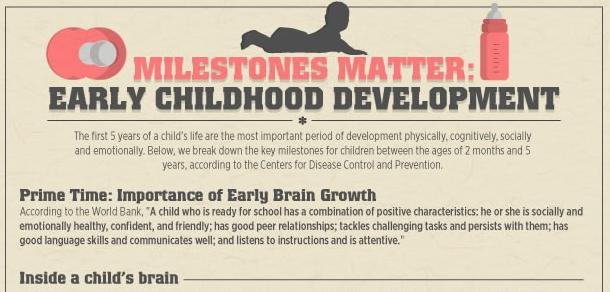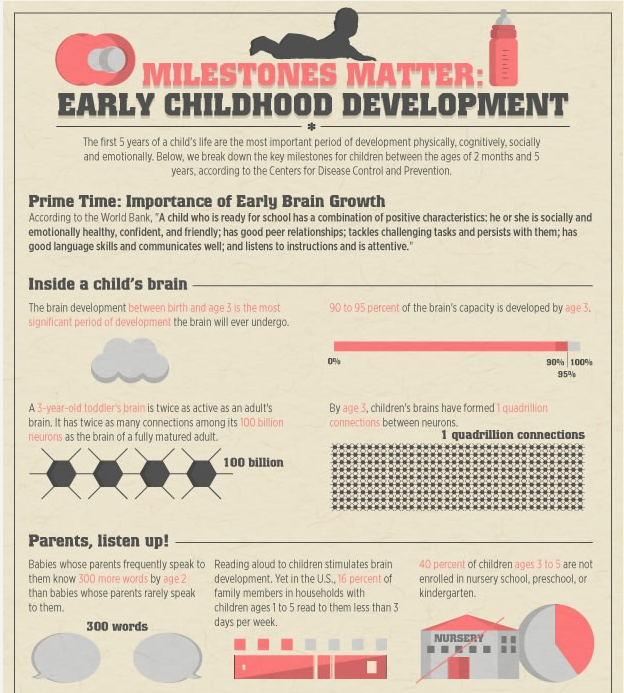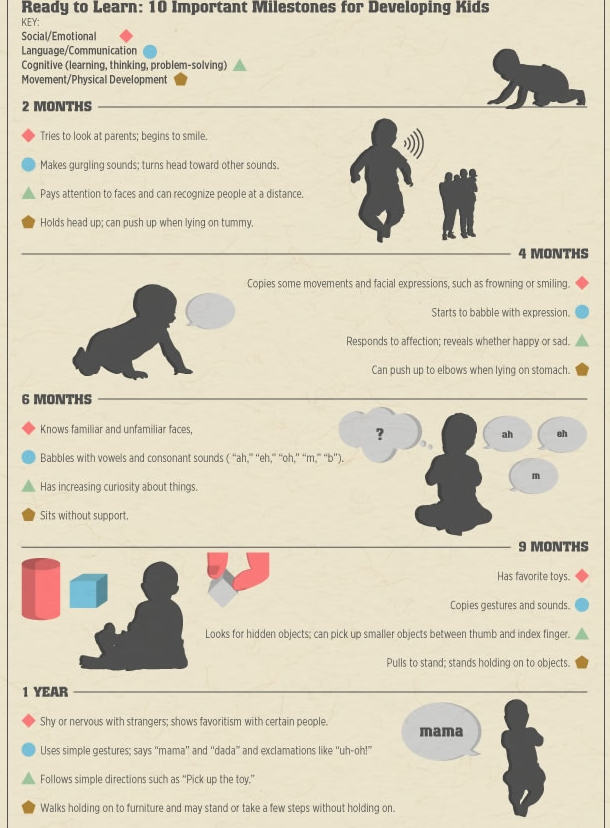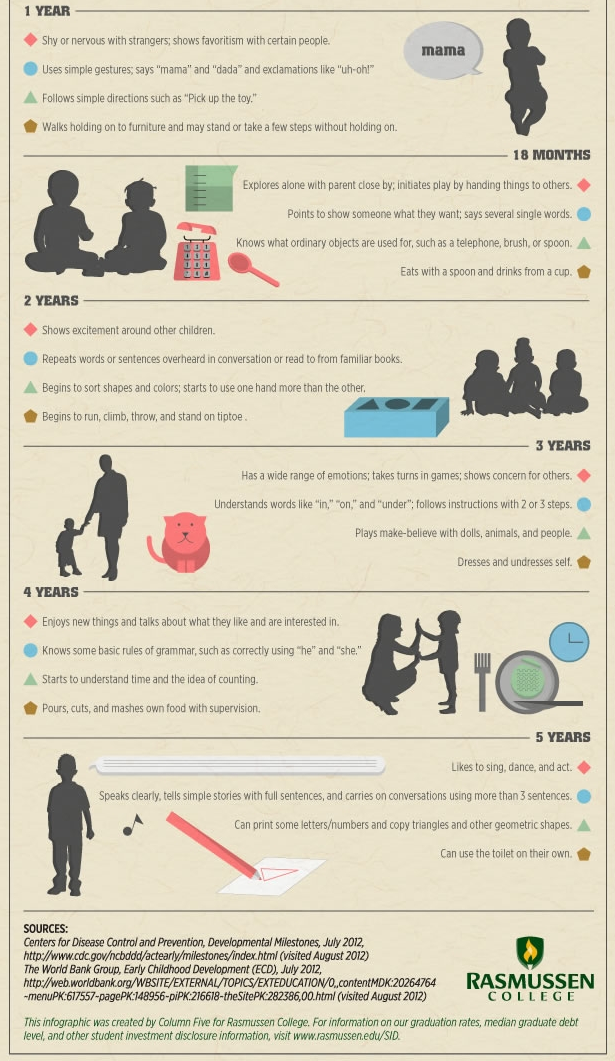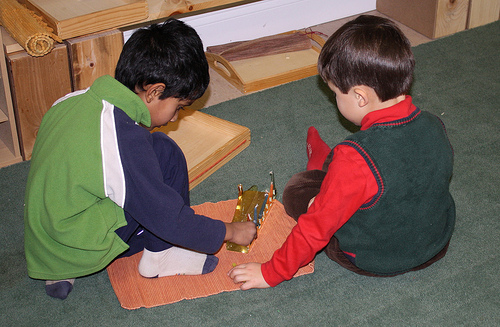Allergies can play all sorts of rolls in children with special needs. We commonly hear about autism and the roll food allergies can play. From being ‘the cure’ to minimizing some of the issues, it can help children succeed. This video for Real Look Autism.com shows us how therapists and parents are helping a six-year old boy, with severe food allergies, learn to eat safely.
Allergies can come in all shapes and sizes however. It maybe food but it also may be environmental or seasonal allergies that set off a string of issues in a child or adult. I personally have lots of allergies from fragrances to dyes to preservatives, and even when I am not having a super bad allergic reaction if I do something as simply use normal soap, I can become super itchy and as a result super distracted. If you add a disability to this, their problems to be compounded. It can also be exhausting to try and overcome these allergies while dealing with other health issues.
I found an interesting article that stated:
“People with autism are more susceptible to allergies and food sensitivities than the average person; and this is likely due to their impaired immune system.Food sensitivities are considered to be allergies due to the fact that in autism, one’s immune system is overly reactive to these substances. The most common food products to which this sensitivity develops are grains (e.g., wheat, rye, oats) and dairy products (e.g., milk, cheese, whey).”
I have also heard a great developmental pediatrician talk about a child that was misdiagnosed. He was really allergic to a chemical used in the cleaning supplies at his school and as a result showed problems that gave the illusion to an emotional disability.
If you suspect you or your child have such an allergy, get tested. You can also try omitting certain things from your diet or body for ten days and see if you notice a difference.
Related articles to ‘Allergies and Special Needs: A Key to Making a Difference’
Autism Research: Finding the Cause and Cure
Autism: Awareness is the Key to Intervention
Sponsored by:



